Design Summary
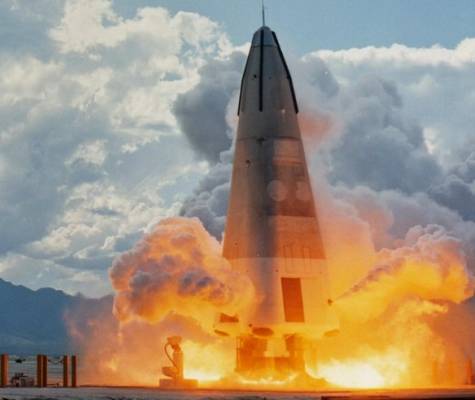
Shape
by blackswift.space / Design / 1The Breezy Clipper©® was inspired by the McDonnell Douglas DC-X a.k.a. Delta Clipper, and the Breezy Eggo©® a.k.a Earth Gravity Goodbye, by comic books from the 40s and 50s. The aim is to develop totally reusable SSTO VTOL launch vehicles.
Back to Top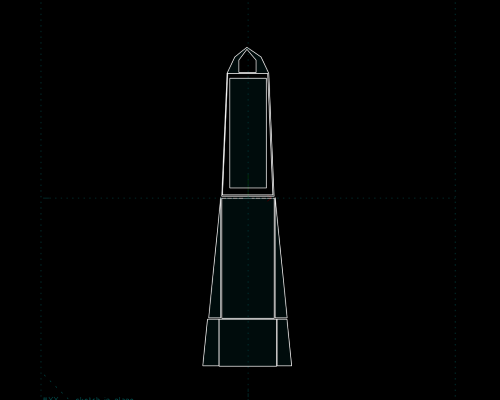
Frame
by blackswift.space / Design / 2Their airframe is made of Titanium alloy. The cone and engine sections are built so; with bulkheads separating them from the cargo bay and tank sections. Tessellated structures and I-Beams wrap around the tank and payload sections.
Back to Top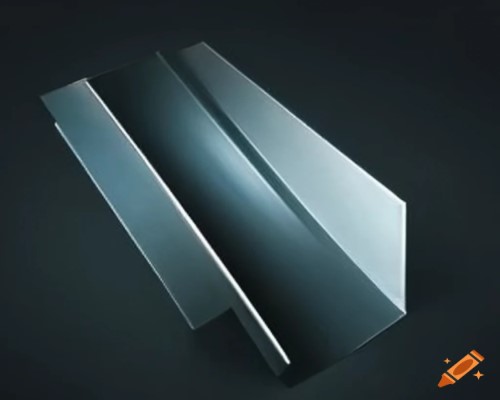
Aeroshell
by blackswift.space / Design / 16Their aeroshell is made of Boron carbide (B4C) covered Titanium panels. The most heat-prone sections of the launchers, such as the nose cone and fins, have thicker layers of B4C, RCC, Carbon foam, and Tantalum Hafnium carbide.
Back to Top
Fuselage
by blackswift.space / Design / 3All launchers's overall fuselage shape was designed to maximize lift in a tower-like SSTO aircraft. The Eggo's shape is similar to that of a peregrine falcon with tucked wings. Movable or static fins are added to corners or sides of both launchers.
Back to Top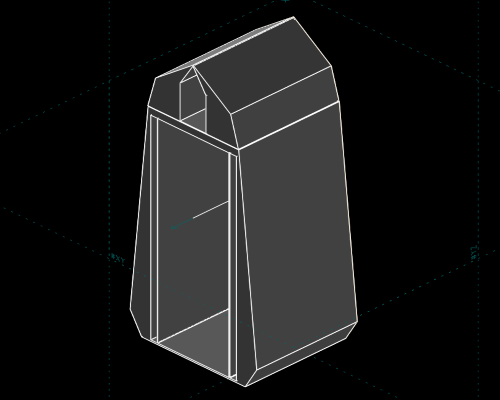
Cargo Bay
by blackswift.space / Design / 3The cargo bay varies in length based on the SSTO versions of launchers, and may have robotic arms for payload manipulation. Both Eggo and Clipper cargo bays are cylindrical with guiding rails, and a mechanism to push the payload out, as the nose cone rotates for payload egress.
Back to Top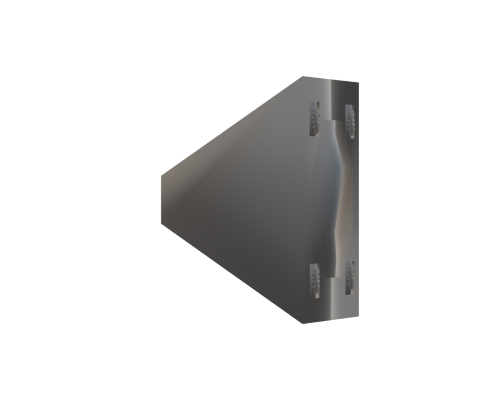
Cone section
by blackswift.space / Design / 6The cone section at the top of Breezy Clipper©® is used to house the re-entry shield. The shield is either powered by a magnetic field, or by a deployable carbide covered umbrella with an inflatable Kevlar bag, acting as a cushioning layer protecting the launcher's aeroshell.
Back to Top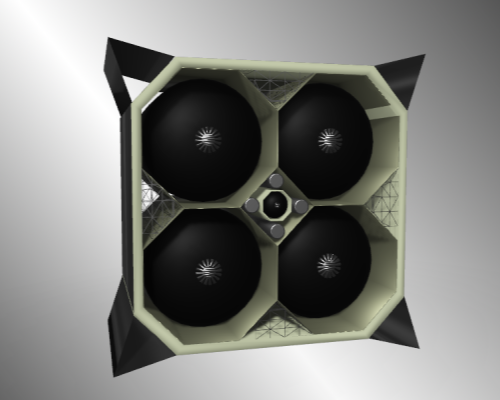
Tank Section
by blackswift.space / Design / 7Both launchers use a modular stacked structures which house LH2/C2H5OH LOX/N2O tanks. They also, alternatively may use a single tank stack. Both types of structure are surrounded by a ring of Ethanol tanks. nitrogen or Helium tanks are housed in-between sections or stacks.
Back to Top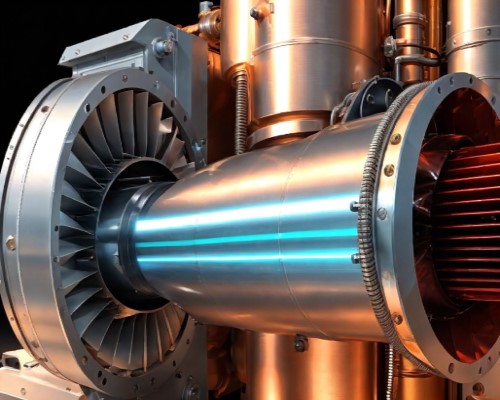
Power Generators
by blackswift.space / Design / 13Fuel-cell stacks provide electrical power. Gas turbines (Hydrazine, Ethanol, etc.) are used either as main or backup power sources. Our MIPE-PPM generators may be the main power source in all launchers. The set of engines also provide power during the ascent phase.
Back to Top
Foam & Coatings
by blackswift.space / Design / 5The fuselage, battery casings, and electrical conduits are filled with silica or carbon foam or aerogel, which are also used for sound and thermal proofing. Silica foam and linen are used around cryogenic tanks. Carbon foam is used around and inside the engines.
Back to Top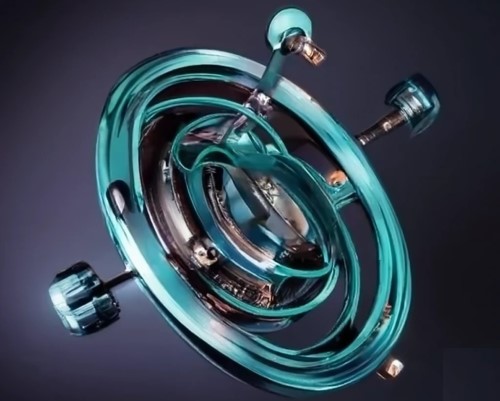
Gyros
by blackswift.space / Design / 1All launchers are designed for HyperGlide™©® after exiting the heat zone during re-entry. Their avionics use Control Moment Gyros (CMGs), as well as spoilers for the Clipper, for maneuvering (roll, pitch, and yaw), and a Rate Gyro Assembly (RGA) is used for telemetry data.
Back to Top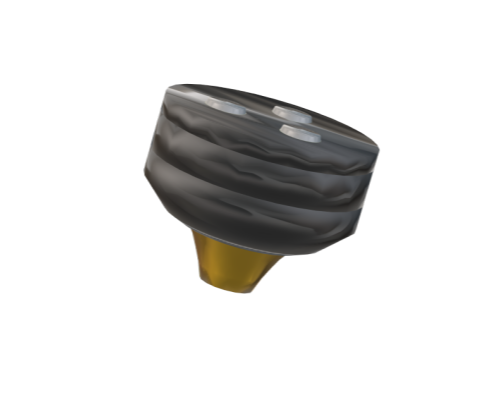
Propulsion
by blackswift.space / Design / 4Propulsion is by aerospikes, Bell-nozzle rocket engines, and our ramjet-spikes. Linear and toroidal spikes are used in a Breezy Clipper version, with the linear spikes providing vectored thrust. Other Clipper versions use Bell-nozzle rocket engines and/or ramjet-spikes.
Back to Top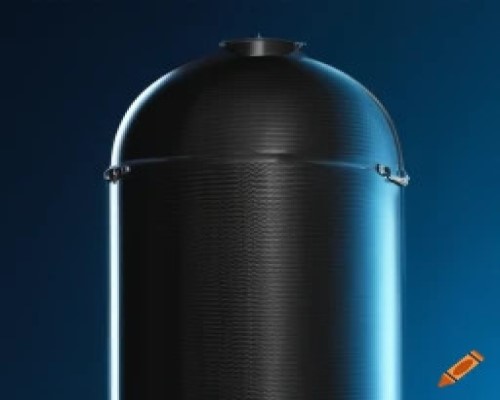
Fuel Tanks
by blackswift.space / Design / 8Propellant mix is Ethanol and Liquid Hydrogen (LH2) with Liquid Oxygen (LOX) or Nitrous Oxide (N2O). The LH2 and LOX tanks are made of Titanium or carbon fiber. The Ethanol tanks are built as integral parts of the launcher's structure and surround the tank and cargo bay sections.
Back to Top
Re-entry
by blackswift.space / Design / 8Titanium alloy is used for both the launcher's frame and its aeroshell. Their aeroshell gets a layer of carbide, along with layer of Carbon foam and VHT paint. All launchers use head-first (Dragon-Lizard) re-entry with a conical magnetic umbrella, or a deployable, expandable heat shield umbrella.
Back to Top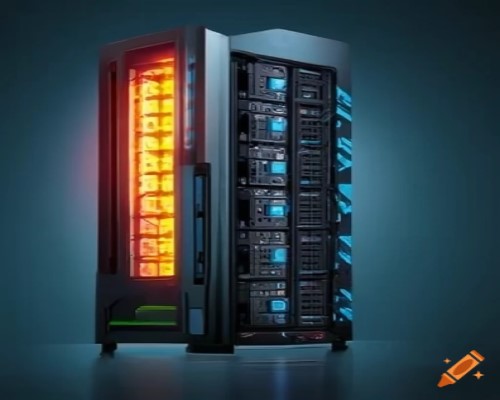
Thermal Control
by blackswift.space / Design / 5A Helium/Nitrogen cryo-cooling system helps in the active control of the thermal level of the launchers. Chilled Nitrogen gas pumped into cooling channels, below the Titanium layer of the aeroshell, helps maintain a manageable temperature, along with a heat-exchanger, even during the re-entry phase.
Back to Top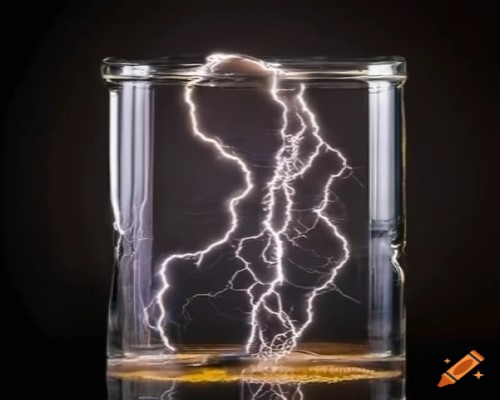
Ignition
by blackswift.space / Design / 8Ignition sequence is modeled after a computer's booting. The system states are displayed on the controller's computer display screen. Green means nominal, yellow for warning, orange for must check, and red for critical. Actual ignition is performed with Tesla coils embedded in the engine's chamber section.
Back to Top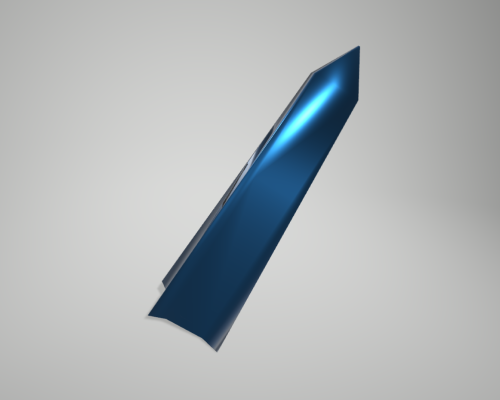
Launch Capability
by blackswift.space / Design / 8The Breezy Clipper's fairings can be more than 20 meters high, and 8 meters wide, for the Medium to Super-Heavy versions. The Breezy Clipper©® and the Breezy Eggo©® can operate as single stage to orbit (SSTO) launchers, re-enter, and land. Both can also be augmented with dual-mode ramjets instead of solid fuel boosters.
Back to TopInvestors welcome !
For more information